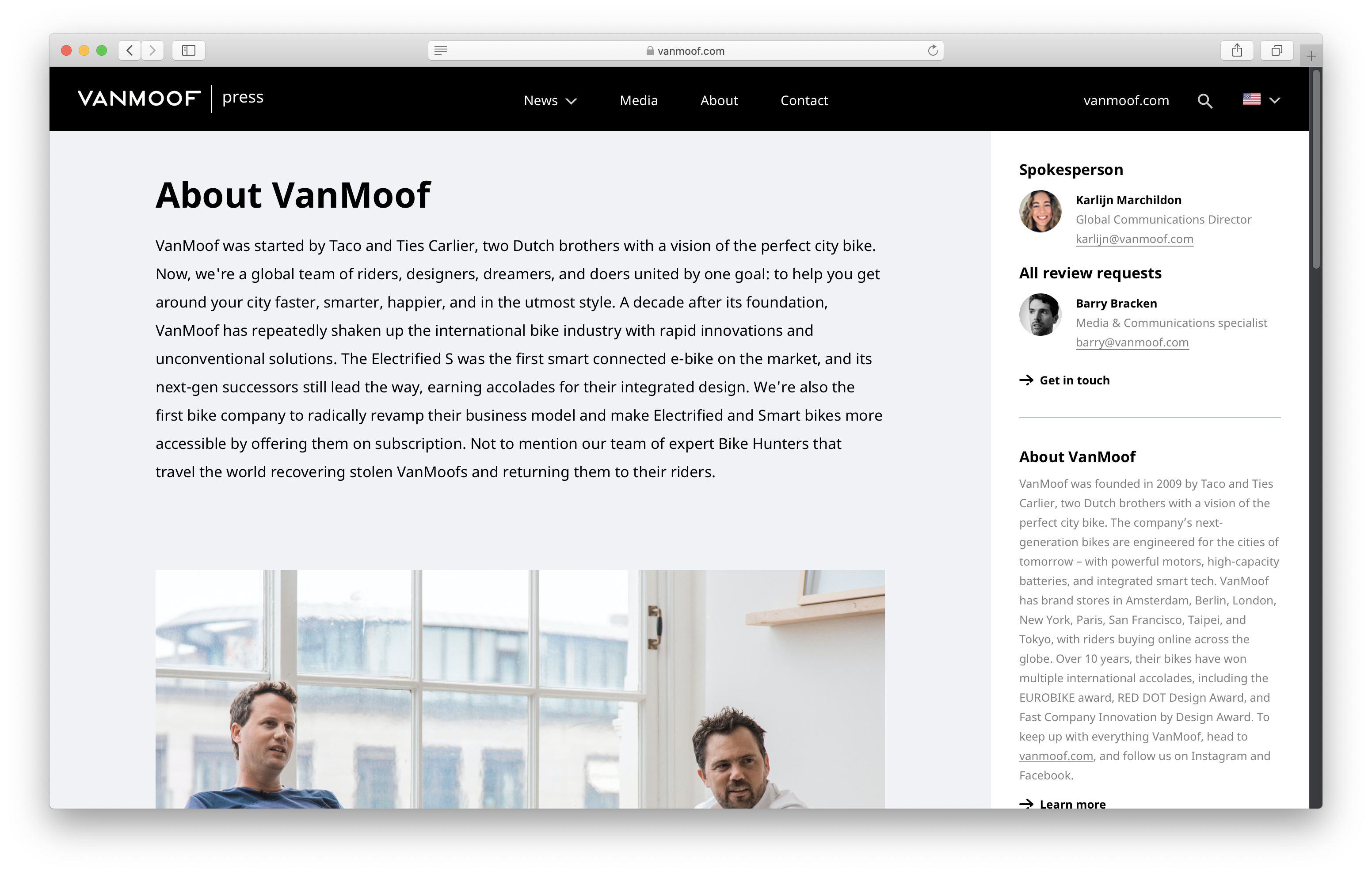Popular News - The Facts
Popular News - The Facts
Blog Article
The Definitive Guide to Popular News
Table of ContentsNot known Details About Popular News The Greatest Guide To Popular NewsFacts About Popular News UncoveredThe Facts About Popular News Revealed
Age is also a variable in the way people see the duty of social media. Younger social media sites information customers are much more most likely to claim it has actually influenced their discovering right. Regarding half of social media news consumers ages 18 to 29 (48%) say information on social media sites makes them much better educated, contrasted with 37% of those 30 to 49, 28% of those 50 to 64, and 27% of those 65 and older.Journalists weigh news worths when identifying whether or not to cover an event or statement. Arguably the most vital component of newsworthiness is whether or not the news product being communicated effects a news outlet's audience.
Distance is essential. Journalists are interested in things that affect their communities. Research on a state's new tax obligation code most likely won't create the same rate of interest across state borders. Occasionally professionals can aid center a bigger nationwide story that influences greater than just a city or state. In these instances, it is essential to be on the search for opportunities where topic specialists can provide insight or where similar jobs may be taking place locally.
If you are publishing newsworthy research, loop in MarComm prior to the short article being released to make sure that the pitch can emphasize the newest component of the tale: the publication of the research study. Occasions and news that include high-profile figures are more most likely to produce media insurance coverage. Check outs from national numbers typically need months of prep work because of anticipated community interest.
Popular News for Dummies
Stories typically involve some sort of dispute. By meaning, these stories are often questionable to some level. College staff and faculty are typically perceived as objective experts. We can aid minimize prospective reputational risk with these tales while likewise increasing the odds of creating protection. While a number of the above news values are interwoven, human interest stories often stand apart.
Human rate of interest components can add information value to other tales that might seem lacking in the other worths. The uniqueness or anomaly of a scenario can aid influence whether or not a news outlet is likely to cover a tale. While this is not an exhaustive checklist, checking to see if your news product or occasion has these top qualities prior to calling us will certainly help you determine which components hold the most news value.

Not known Facts About Popular News
There is additionally substantial proof that more consumers could begin to spend for information in the futureif authors view can recognize them and serve them well. Fifty percent of those who do not pay for news actively look for news and resemble subscribers in different ways. And virtually 2 in 10 of those who do not register for news currently indicate they are inclined to start to pay in the future.
We after that ask a collection of concerns to identify whether individuals pay for specific sorts of news resources (Popular News). We asked individuals to call the resources they use most oftenwhether they pay for them or nothow they utilize them, the particular points they take into consideration essential concerning them, and some related inquiries regarding the cost and worth of that resource
People are drawn to news in basic for two reasons over others: A desire to be notified people (newspaper customers in particular are extremely encouraged by this) and since the magazine they register for excels at covering specific topics regarding which those customers particularly care. While there are a host of reasons, the No.
Even more than 4 in 10 also cite the reality that loved ones subscribe to the very same product (Popular News). Even more than a third of individuals state they initially subscribed in feedback to a discount rate or promo. In print, individuals also are moved greatly to sign up for obtain discount coupons that conserve them cash, something that has untapped ramifications in electronic
What Does Popular News Do?
Concerning fifty percent are "information hunters," indicating they actively choose news as opposed to largely bumping into it in an extra easy means, though the information that nonpayers are seeking Web Site (for now, at least) is often regarding nationwide politics. Like customers, a number of these individuals additionally obtain information numerous times a day, utilize the news in methods similar to subscribers, and have an interest in similar topics, including international or worldwide news.

Of those who do pay, 54 percent register for newspapers in print or digitally, which stands for 29 percent of Americans generally. A lot of them get a print magazine along with their paper and pay for two to 4 news resources in overall, some a lot more. And while 53 percent are veteran clients (5+ years), more than a quarter (27 percent) have actually purchased their newspaper membership within the past year.
Couple of print subscribers believe it most likely they will certainly change to a digital-only registration in the future, and over half of those that prefer digital have actually never ever paid for a print variation of the same why not try here source. Totally 75 percent of paper payers say they primarily read the paper in print, while 21 percent are mostly digital individuals, and 4 percent define themselves as equally divided.
Report this page